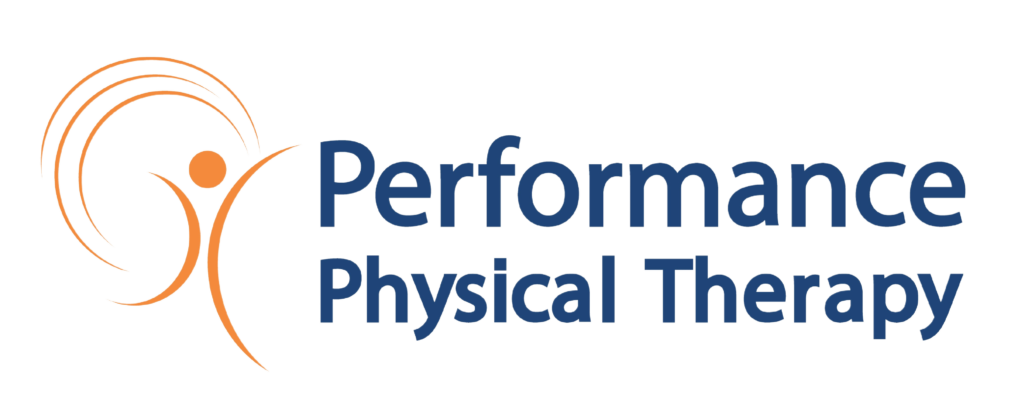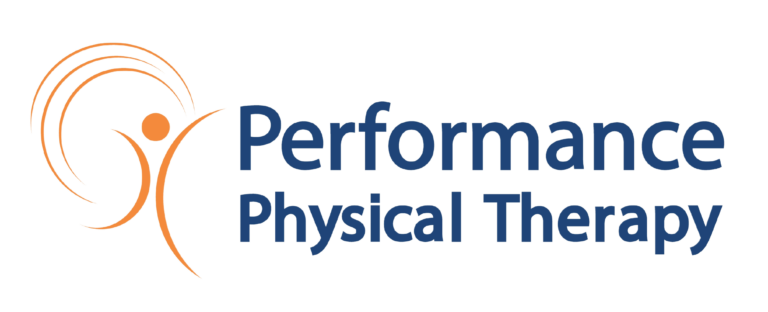Understanding Dizziness
Dizziness is common in people over 20 and it can be a big problem in your daily life. Feeling unsteady, lightheaded, or like the room is spinning is alarming, and makes day to day tasks difficult.
The good news is that dizziness often has treatable causes, and your physical therapist can be the perfect person to help. Understanding Dizziness Dizziness isn’t a specific problem – it’s a symptom that can come from a lot of different issues.
Feeling dizzy most commonly comes from issues with your inner ear, but it can also come from your vision, joint or muscle issues in your neck, migraines, changes in blood pressure, head injuries, or other neurological problems.
Here’s how physical therapists can help:
How Physical Therapists Help To understand dizziness and how a PT can help, you have to know a little about how balance works. Your brain uses information from your inner ears, your vision, and input from your joints about their position and movement to keep you balanced and stable.
Typically all of this information paints the same picture for your brain. If your brain gets conflicting information – say your inner ear sends different information than vision and your joints – that often results in a feeling of dizziness, unsteadiness, or vertigo.

Treatment Approaches by Physical Therapists
Your physical therapist will ask questions about your history, then perform testing on all of the systems that help you stay balanced to figure out the cause of your dizziness. Your treatment plan will vary depending on what your PT finds. Some typical examples include:
● Exercises: Your PT may prescribe specific exercises to improve your balance, strengthen or stretch specific muscles, or to help retrain your brain to interpret sensory information.
These can include gaze stabilization exercises which help your eyes and inner ears work better together, habituation exercises that help your brain get used to different types of input, and balance training on different surfaces.
● Canalith repositioning maneuvers (CRM): If your dizziness is caused by benign paroxysmal positional vertigo (BPPV), a specific type of inner ear problem, your therapist may perform maneuvers to reposition tiny crystals within your ear canal, alleviating your vertigo. They can also teach you how to do these at home.
● Education: Your therapist will educate you about your condition, how to manage dizziness, and exercises you can perform at home. They may also help you modify activities that cause dizziness, or train you on ways to work through it. Dizziness doesn’t have to interfere with life. Physical therapists can help reduce your dizziness, improve your balance, lower your risk of falls, and improve your confidence in your daily activities.

Summary
while dizziness and vertigo can pose significant challenges, they are not insurmountable obstacles. By working closely with physical therapists and following tailored treatment plans, individuals can effectively manage these symptoms and regain their equilibrium. Through targeted exercises, maneuvers, and education, a path to improved balance, reduced dizziness, and increased confidence in daily activities is achievable. Remember, with the right support and guidance, a life less hindered by dizziness is within reach.


